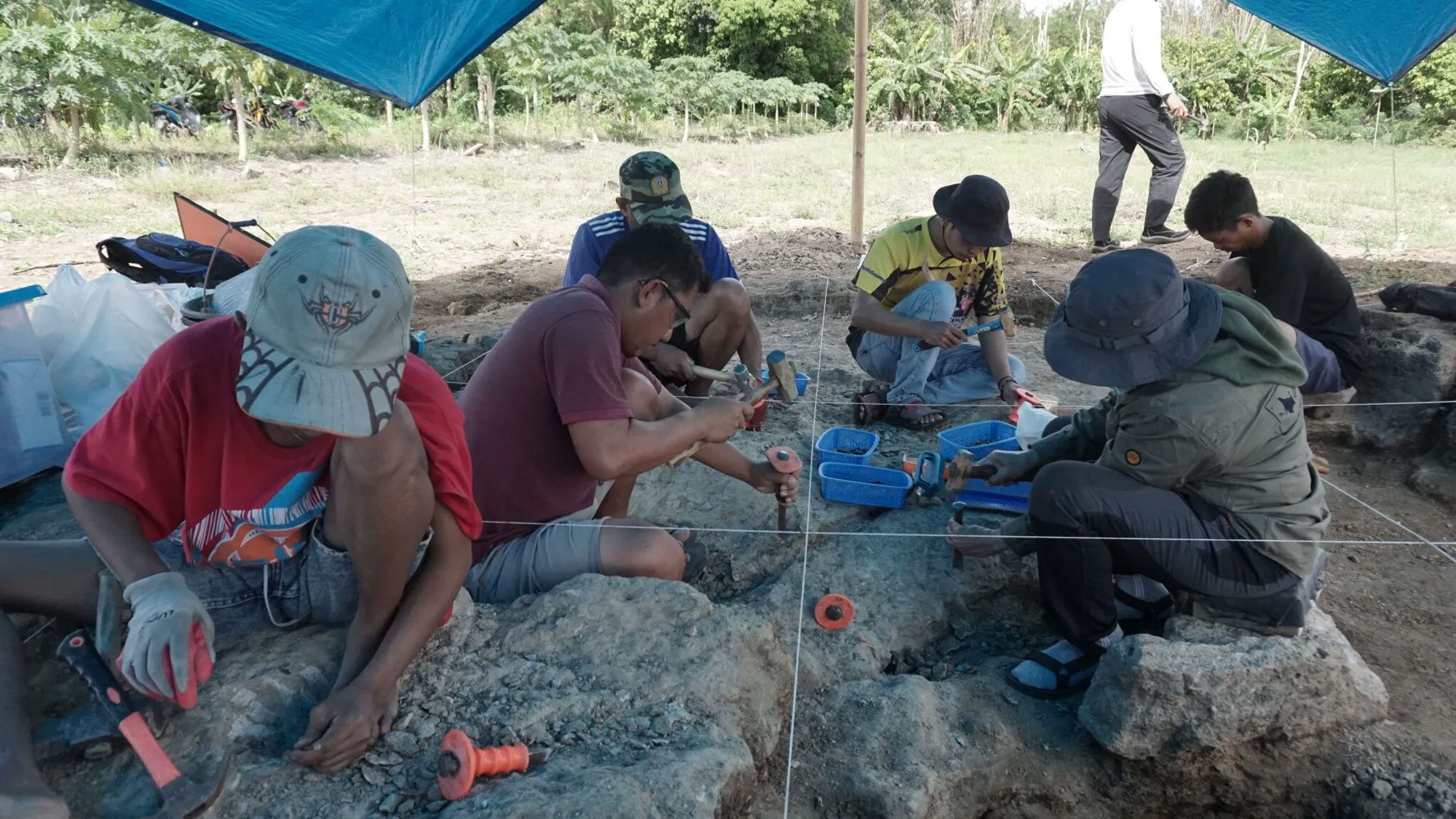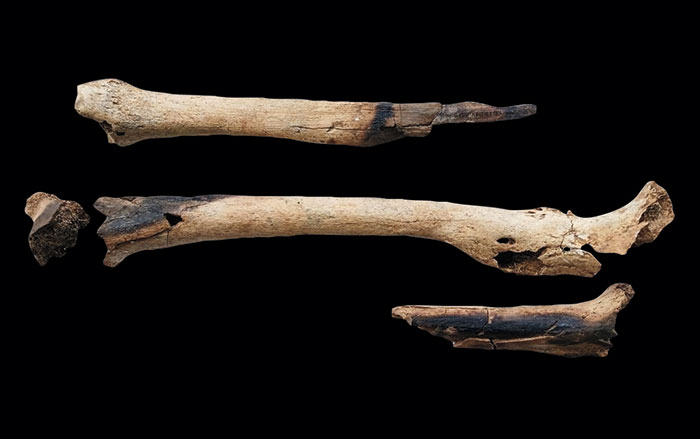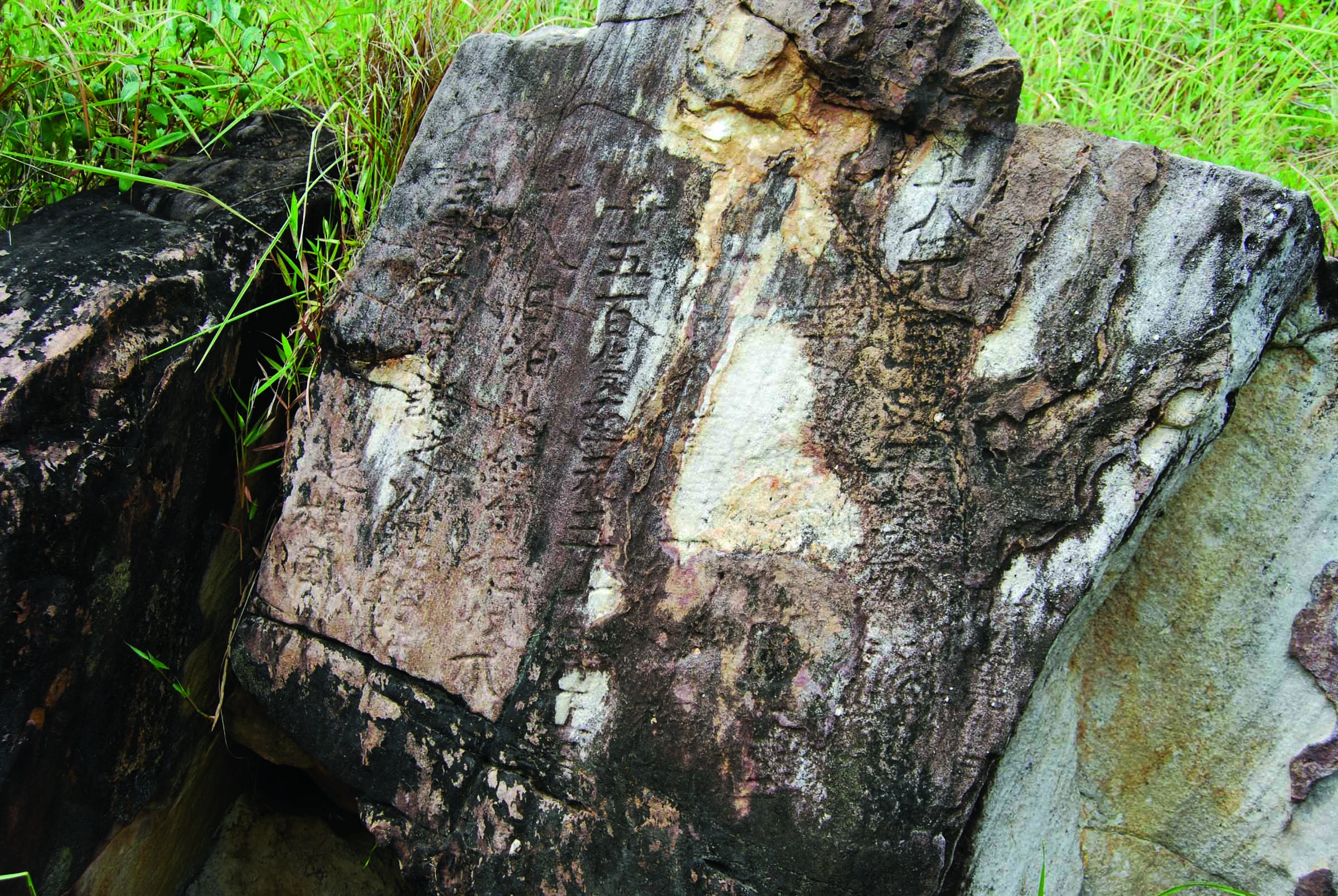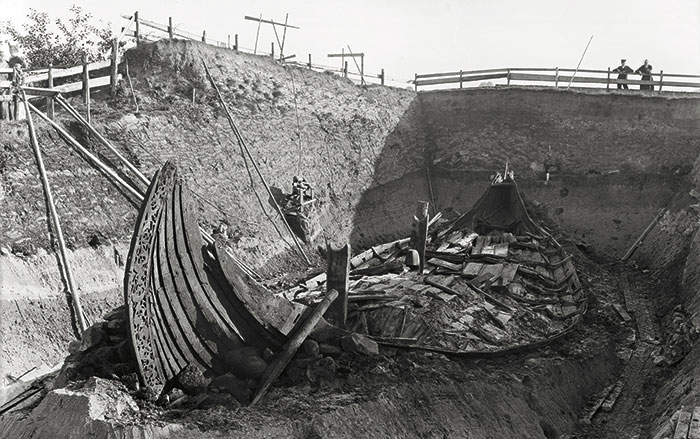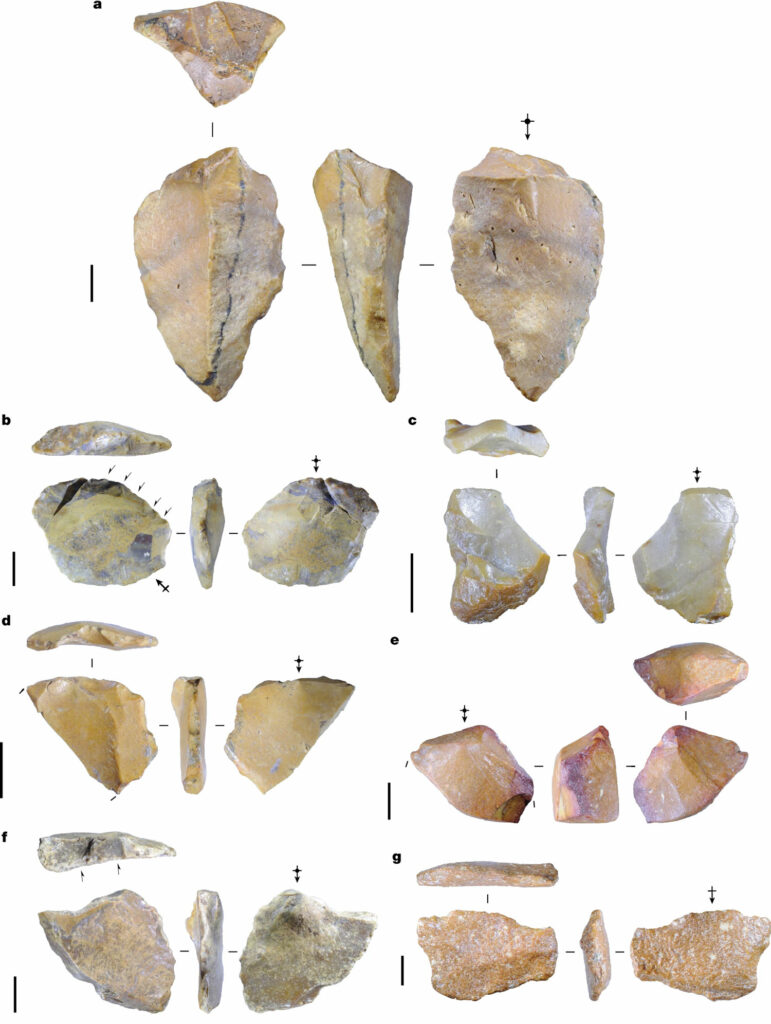
CALIO, INDONESIA—According to a statement released by Griffith University, researchers recently uncovered fragments of stone tools at a site known as Calio on the Indonesian island of Sulawesi that proved to be 1.04 million years old. The findings indicate that in order to reach the island, early hominins were able to successfully make deep-sea crossings much earlier than previously thought. “This discovery adds to our understanding of the movement of extinct humans across the Wallace Line, a transitional zone beyond which unique and often quite peculiar animal species evolved in isolation,” said university researcher Adam Brumm. The artifacts consist of small, sharp-edged stone flakes that early human toolmakers struck from larger pebbles, which they had most likely obtained from nearby riverbeds. Since no remains were found at the site, the team is not yet certain exactly which human species made the daring journey and inhabited the island. However, Brumm and his colleagues suggest it may have been Homo erectus. Previous research has revealed that another group of hominins, officially known as Homo floresiensis but sometimes referred to as “hobbits” due to their diminutive size, occupied the nearby island of Flores around 700,000 years ago. Read the original scholarly article about this research in Nature. To read about 44,000-year-old cave art on Sulawesi, go to "Shock of the Old."


